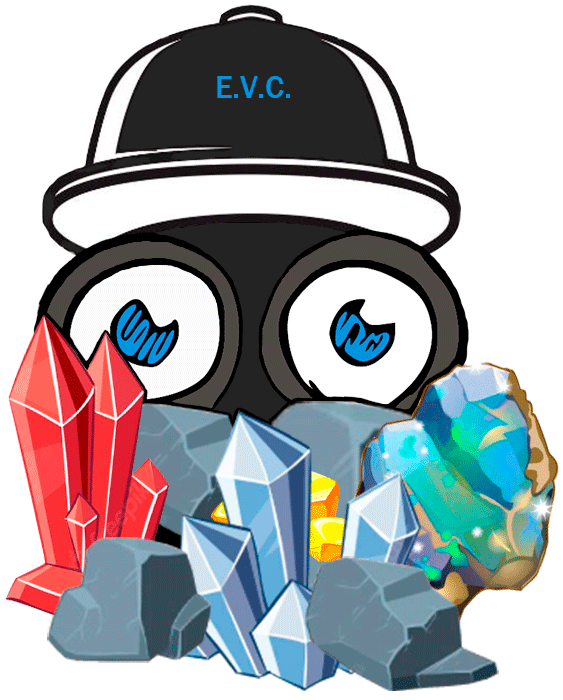Exploring the Fascinating World of Lapis Lazuli
Lapis lazuli, a gemstone that has captivated humanity throughout history, is known for its stunning deep blue color and its connection to spirituality. Let’s see what Lapis Lazuli is and what it is used for, we will explore the curiosities, properties, as well as the spiritual meaning of this unique jewel. From its origins in nature to its use in various cultures, lapis lazuli has left a lasting mark on the world of geology and metaphysics.
Where to Find Lapis Lazuli in Nature
Lapis lazuli forms in metamorphic rocks during intense geological processes, mainly in regions rich in minerals such as sodium, calcium and silica. The main sources of this gemstone include Afghanistan, Chile and Russia.
The Badakhshan region of Afghanistan is especially renowned for producing lapis lazuli of the highest quality. The extraction of this stone in mines often dates back centuries, and its trade has played a crucial role in historic trade routes.
See jewelry with Lapis Lazuli
in Saturno Shop Online

What is Lapis Lazuli and what is it used for, seen from the Spiritual Meaning?
Since ancient times, lapis lazuli has been valued not only for its aesthetic beauty, but also for its deep spiritual meaning. Commonly associated with wisdom, truth and spiritual enlightenment, it is believed to encourage effective communication and strengthen the connection with intuition.
In Egyptian culture, this stone was believed to have protective properties and encourage communication with the gods. Today, lapis lazuli continues to be used in meditation practice to stimulate awareness and promote introspection.
In the spiritual realm, lapis lazuli is linked to the third eye chakra, which represents intuition and spiritual perception. It is believed that wearing lapis lazuli jewelry or meditating with this stone can strengthen the connection with spirituality and improve clairvoyance.
Properties of Lapis Lazuli
- Color and Composition: Lapis lazuli owes its characteristic blue color to the presence of lazurite, a mineral that is part of its composition. In addition to lazurite, lapis lazuli may contain pyrite and calcite, which contributes to its unique mottled appearance. This balance of minerals gives the stone a rich mix of blue and gold tones.
- Hardness and Luster: In terms of hardness, lapis lazuli falls on the Mohs scale with a value of 5.5 to 6, making it relatively durable but prone to scratching by harder materials. Its vitreous shine, combined with its chromatic intensity, has made this gem highly appreciated in the creation of jewelry and artistic objects throughout the centuries.

What is Lapis Lazuli and what is it for and its Historical and Cultural uses?
Lapis lazuli has played a prominent role in various cultures throughout history. The ancient Egyptians used it to make jewelry, amulets and ritual objects, Egyptian pharaohs, such as Tutankhamun, wore lapis lazuli jewelry to symbolize power and protection, while in medieval Europe, it was prized for its use in creating blue pigments for works of art, like the overseas. It is also mentioned in ancient texts such as the Bible, where it is suggested that Moses received the tables of the law in lapis lazuli.
It is believed that lapis lazuli was used in the construction of the Great Pyramid of Giza. The ancient Egyptians valued this stone so much that they called it the “stone of the heavens” due to its resemblance to the color of the starry night sky.
Great Renaissance masters such as Michelangelo and Vermeer used lapis lazuli pigments in their masterpieces. The deep, vibrant blue of this stone added a unique dimension to the artists’ palette.
Lapis Lazuli is an Earth Treasure with an Enduring Legacy
Lapis lazuli, with its resplendent color and rich history, remains a prized gemstone today. From its geological origins to its uses in spirituality and culture, this gem has left an indelible mark on the narrative of humanity. Whether as an elegant piece of jewelry or a spiritual talisman, lapis lazuli continues to fascinate and captivate those who seek the connection between the Earth and the divine.





